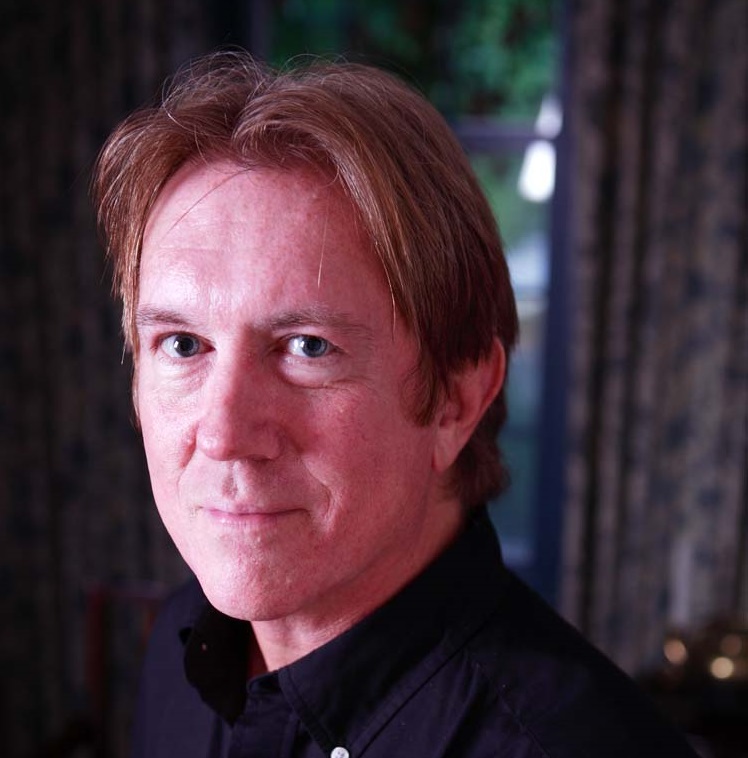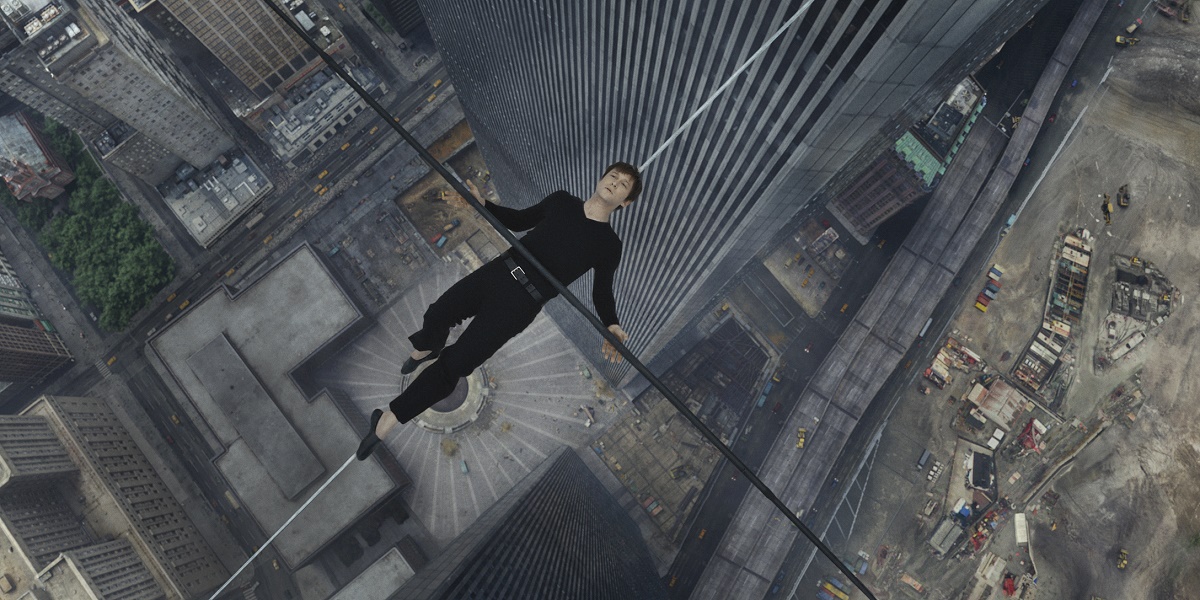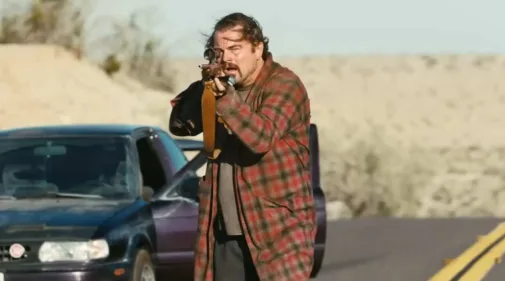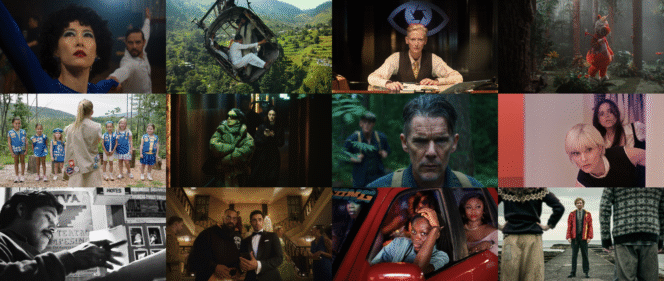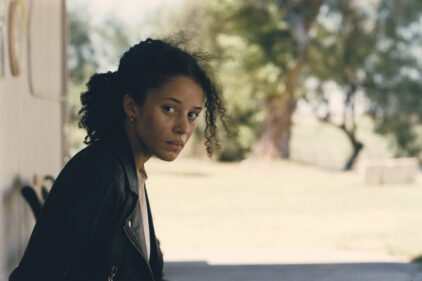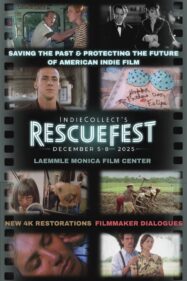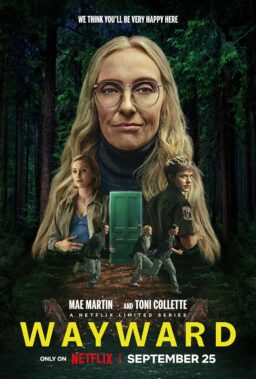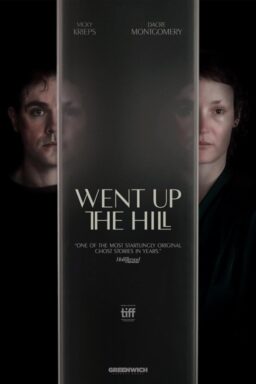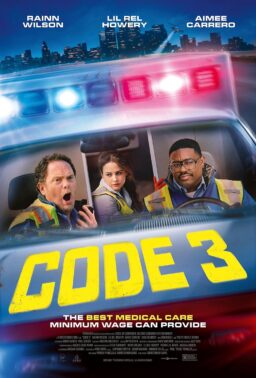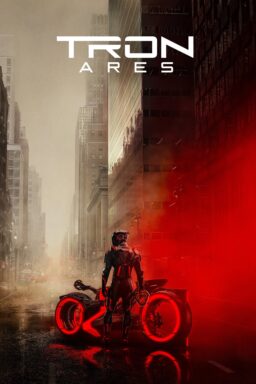The New York Film Festival usually begins, regular as
clockwork, on the last Friday in September. This year, though, Opening Night
was pushed back a day due to an event that occupied much of Manhattan, not just
Lincoln Center. On Friday, Sept. 25, Pope Francis swept across the island,
speaking to the United Nations, visiting a school in Harlem, Pope-Mobiling
through Central Park, and saying Mass at Madison Square Garden. The day also
included an interfaith service at the new memorial to the attacks of 9/11—an
event that oddly served as a prelude to the festival’s inaugural film.
If Francis’ benevolent persona seemed to leave many New
Yorkers in a state of evanescent exaltation, Robert Zemeckis’ “The Walk” was
the perfect movie to complement and prolong the euphoria. A spectacular,
FX-laden, 3D evocation of aerialist Philippe Petit’s legendary 1974 wire-walking
between the twin towers of the World Trade Center (an event previously
recounted in the documentary “Man on Wire”), Zemeckis’ film resembled the
pope’s commemoration both in reminding viewers of the loss suffered at Ground
Zero and in using the vanished structures as symbols of human struggle and
transcendence—it even climaxes with its hero in a cruciform pose high above
an astonished city.
While the papal interruption of festival SOP was the most
serendipitous of inconveniences, its Opening Night offering served to
underscore some of the changes it has undergone in recent years. From its
advent in 1963 the event was a selective auteur festival on the European model,
and during most of the subsequent five decades, its prestigious Opening and
Closing Nights slots (as well as the Centerpiece, a more recent addition) provided
the U.S. launches of foreign-language critical favorites; it was where you went
to see the latest by Godard, Kurosawa, Buñuel or Bertolucci. In more recent
years, however, as the NYFF has modernized and expanded on various fronts,
these prime showcases have increasingly gone to high-profile, awards-aimed
American fare (this year’s Centerpiece is Danny Boyle’s “Steve Jobs”; Closing
Night is Don Cheadle’s Miles Davis biopic “Miles Away”).
Whatever the reasons for—and ultimate wisdom of—this shift
of emphasis from art-house to more commercial films, the result in the case of
this year’s opener proved at once artistically striking and in keeping with the
festival’s distinctive angle on celebrating the best of global cinema. For just as the inclusion of “The Walk” makes
the case for Zemeckis as one of the most innovative and consistently
interesting of Hollywood directors in recent decades, the film serves up some
very special frissons for New Yorkers entranced by cinematic representations of
their city.
And if the NYFF has long reflected the affinity between the
film cultures of New York and Paris, “The Walk” plays on that connection too.
It starts off in the latter city, where Petit (Joseph Gordon-Levitt, in a
second-rate wig but first-rate performance) has evolved from a street mime to a
high-wire acrobat by the time his sights shift from the spires of Notre Dame to
the new Manhattan monoliths he spies in a magazine. How to conquer the twin
behemoths? Petit has a supportive girlfriend (Charlotte Le Bon) and the most
accomplished of teachers, a Czech circus maestro known as Papa Rudy (Ben
Kingsley). But he also needs a team.
He enlists two buddies in France, where the idea of using an
arrow to shoot a walkable wire between the two towers is devised. When the
action shifts to New York, the Frenchmen recruit four Americans to help them
plot and execute the escapade. Much of the action in this part of the story
involves discerning and then overcoming seemingly impossible obstacles, even as
the abilities of the team’s wobblier members remain in doubt. It’s a familiar
dramatic arc, but the expertise with which Zemeckis and company construct it
keeps the narrative tension building with sureness and nervy precision.
The payoff comes in the film’s last 40 minutes, when Petit
launches out over lower Manhattan for a display of high-wire daring that’s sure
to astonish even those who know that the real incident lasted three hours.
(Ironically, this was before the era of cell phone cameras, so there’s no
footage of it.) Seen in 3D, the event is transfixing, at once hallucinatory and
brilliantly realistic—so much so that it might even be discomfiting for some.
Though this reviewer’s acrophobia didn’t result in any problems, there were
unconfirmed reports of a few vertigo-afflicted spectators at Lincoln Center
heading for the doors and restrooms.
From a technical standpoint, “The Walk” must be counted as an
unalloyed triumph. Dariusz Wolski’s cinematography, Naomi Shohan’s production
design, Kevin Baillie’s visual FX and Jeremiah O’Driscoll’s editing all combine
for an effect so enrapturing you sometimes have to remind yourself that these
buildings and much that surrounded them no longer exist. Almost everything
we’re beholding is pure digital magic, and some viewers are bound to reflect
that this aspect of cinema’s powers—the one descended from Georges Méliès—has few recent illustrations as impressive and transporting as this one.
Zemeckis, of course, has long pioneered such cinematic
wizardry, in films from “Forrest Gump” to “Polar Express” and “A Christmas
Carol.” His latest, though, may be his most fully accomplished and satisfying
work from an artistic standpoint, in part due to the combination of mythic
power, psychological fascination and multivalent contemporary resonance in its
story. One of the film’s most surprising qualities lies in how, during Petit’s
highly dramatic and nerve-wracking aerial odyssey, it subtly induces us to move
beyond excitement and awe into contemplation: to inscribe our own dream of the story’s
significance within the film’s spectacular dreamscape.
Whether we read the tale as an allegory of artistic vision
and persistence, or an expression of New York’s unique magnetism and endurance,
or a reflection of every moviegoer’s wish to surmount the world’s travails
through courage and imagination, it is a narrative of endless richness and
allusive breadth. During a week of media intoxication over the pontiff’s visit,
“The Walk” comprised a persuasive demonstration of cinema’s own potential for sublimity—and in so doing, proved an ideal opener for NYFF 2015.
Every year, from the festival’s earliest days till now,
observers have occasion for head-scratching at how certain heralded foreign
films don’t make it into its main slate. Last year, the most startling
omissions were Cannes laureates “Winter Sleep” by Nuri Bilge Ceylan and
“Leviathan” by Andrey Zvyagintsev, which left the main slate with no films at
all from the important cinemas of, respectively, Turkey and Russia.
This year the big no-show was “Jafar Panahi’s Taxi,” which
at Berlin won not only the Golden Bear but extraordinary critical praise, with
some writers calling it one of the most important films of the decade (it opens
in the U.S. on Oct. 2). Its non-appearance in the NYFF is surprising because,
first, the festival has championed the director’s work through much of his
career, from “The White Balloon” to “This Is Not a Film”; and, second, there
has been no film by an Iranian director in the main slate in the three years
since the previous selection committee head, Richard Pena, was replaced by Kent
Jones.
Meanwhile, as also happens every year, the festival contains
a number of foreign films that are notable mainly for being notably
unexceptional, from cinemas not nearly as currently vital as Iran’s. The first
of these to be press-screened this year was Kiyoshi Kurosawa’s “Journey to the
Shore.” From “Ugetsu” to “Kwaidan” to “Spirited Away,” Japanese cinema is full
of ghost stories, and Kurosawa’s film is another. It opens when a young woman’s
recently deceased husband appears to her. The mismatched couple then undertakes
a voyage across Japan to a town where some of the people they encounter are
living and others dead; determining which is which constitutes much of the
film’s meager dramatic interest.
There’s absolutely nothing wrong with “Journey to the
Shore.” It is made with skill and tastefulness. But it is a film with nothing
much to say, and style that’s polished but lacking any real originality or
excitement. The main feeling it left this reviewer with was the hope that
subsequent foreign films displayed at the NYFF would offer far more compelling
reasons that “Taxi” was overlooked.
